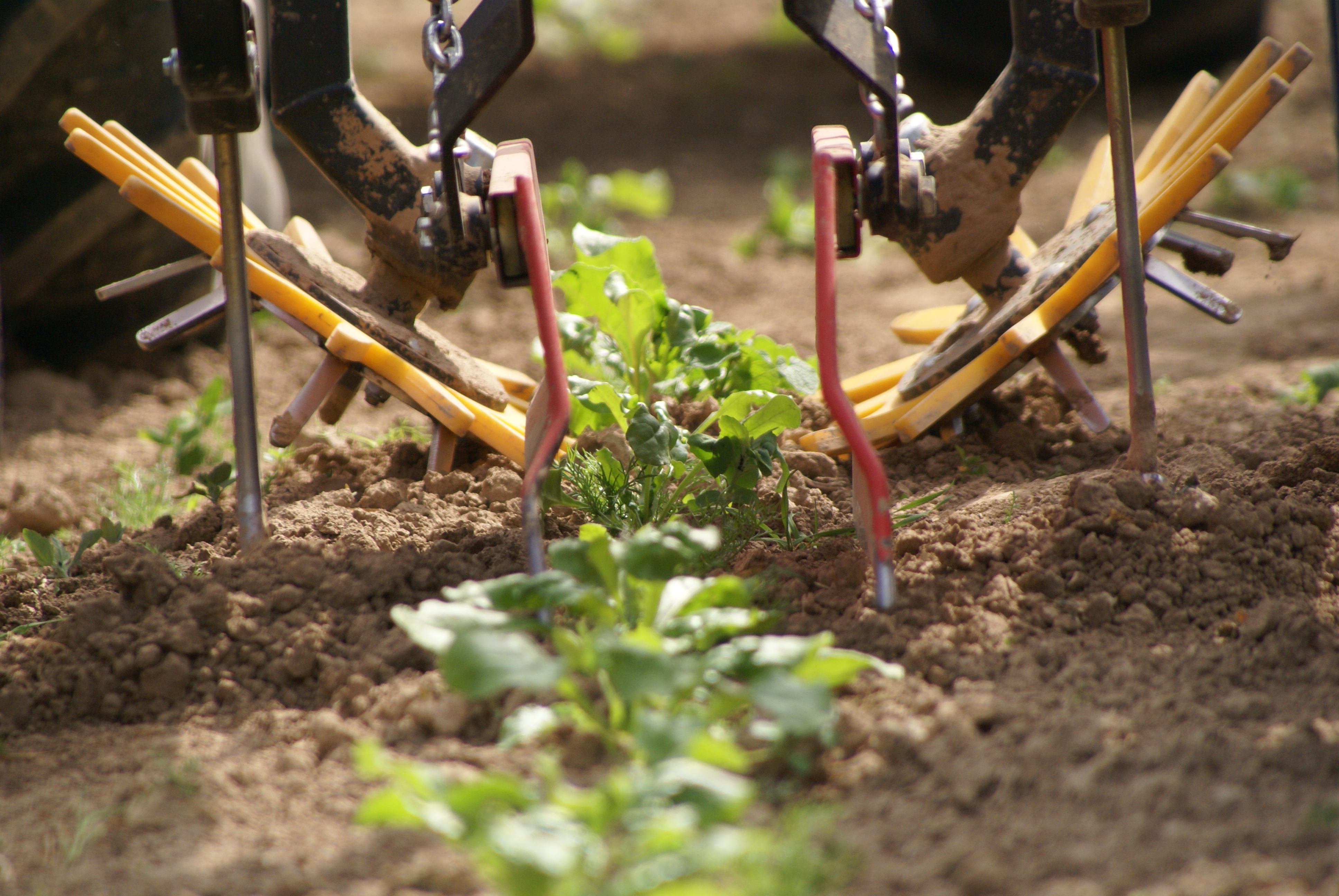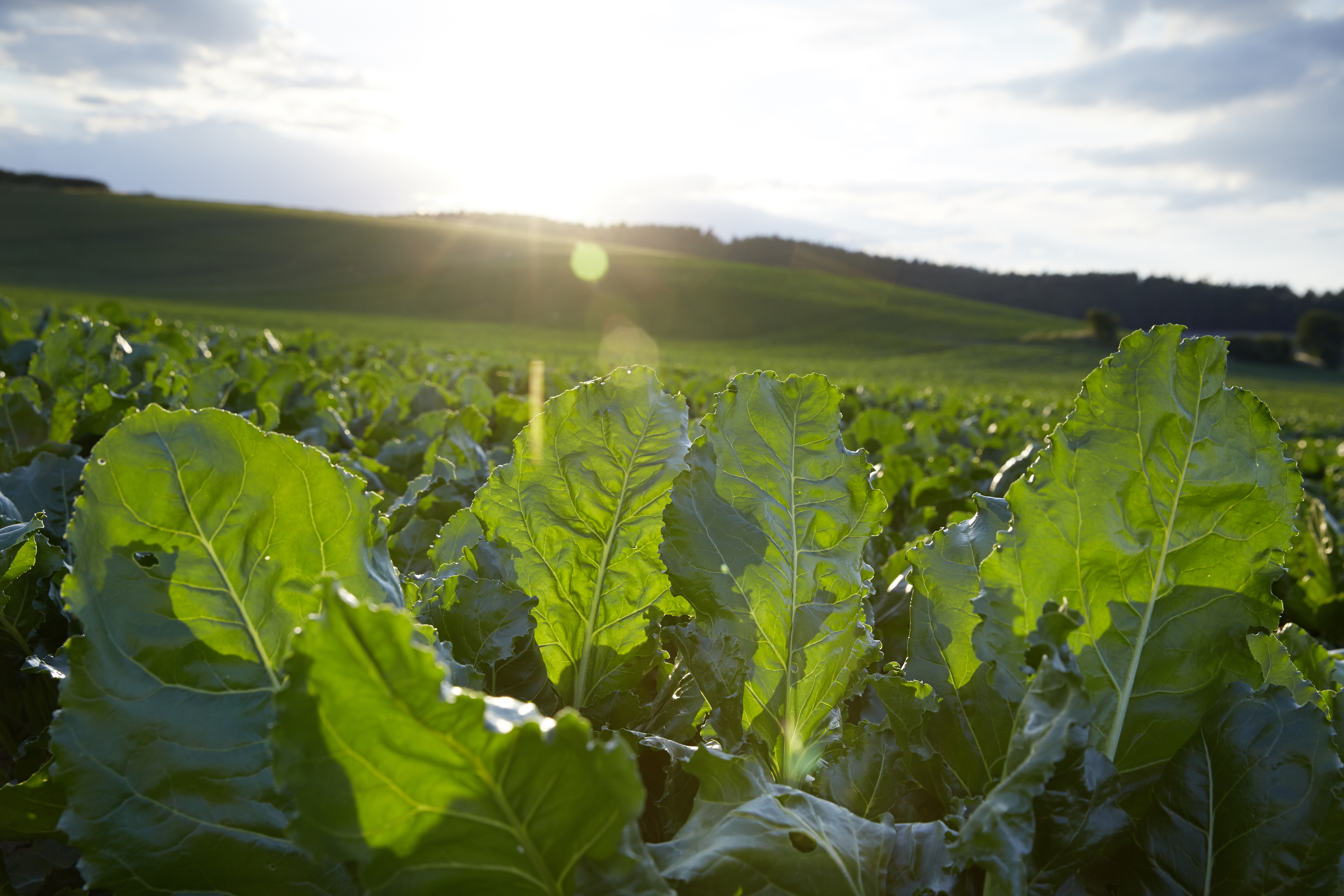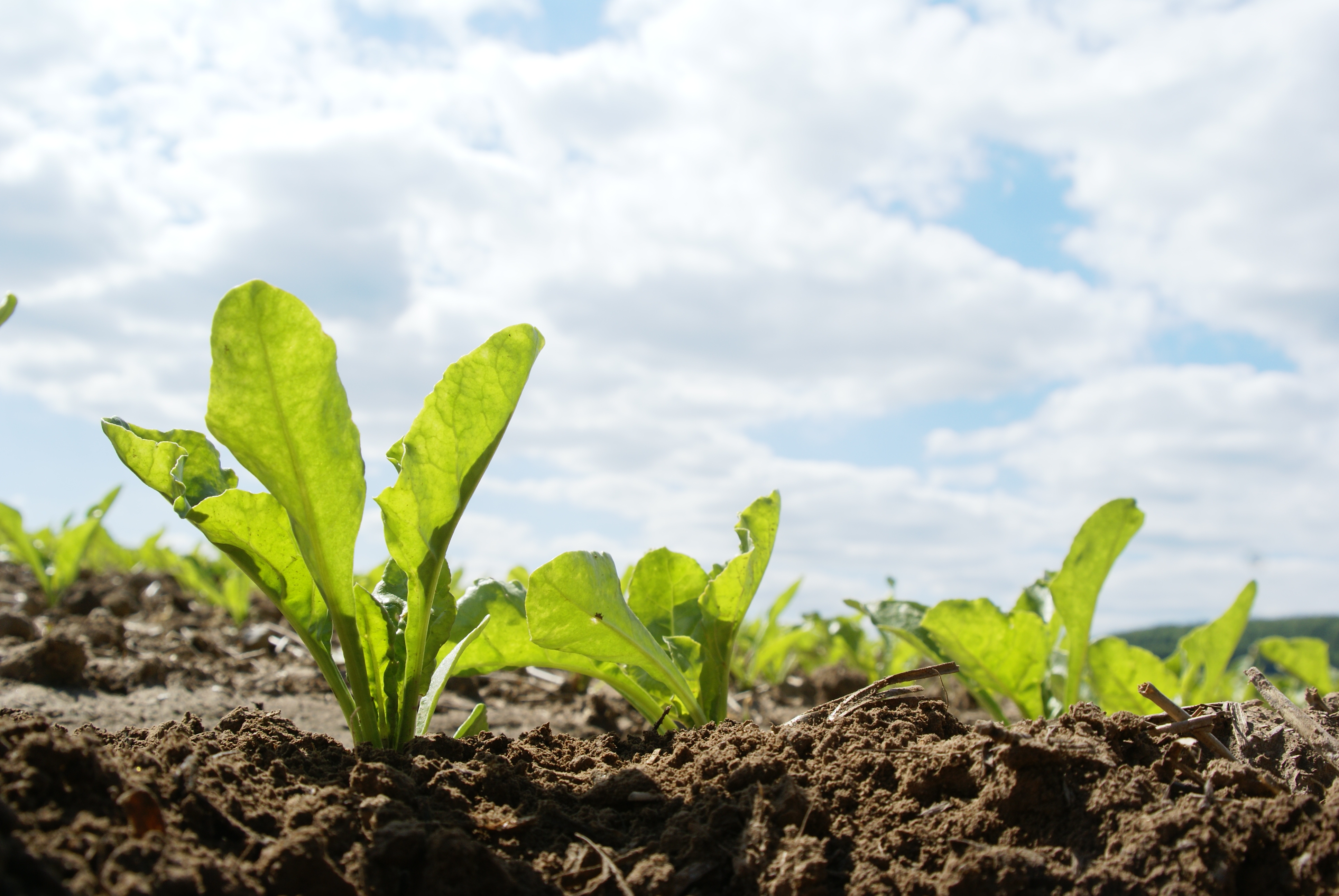Sugarbeet varieties are specially adapted to local conditions
4 questions for Dr. Hans-H. Voss
How does it feel to hold the world record?
It feels great when our varieties deliver outstanding results. But records are ultimately the result of teamwork between breeders, farmers and the sugar industry.
Why do you think Chile has such high-yield sugarbeet harvests?
Strong solar irradiation, a long growing season, intensive irrigation and professional field management make these extremely high yields possible. But these conditions also benefit diseases like cercospora and rhizoctonia. So the only way to get record yields is with sugarbeet varieties that are specially adapted to local conditions.
How much of a role does breeding play in Chile’s performance?
70 percent of the crop area for sugarbeets requires varieties with a very high resistance to rhizoctonia and/or sclerotium. The MAGNOLIA variety, which was approved in 2005 and offers double resistance as well as moderate protection against cercospora, laid the cornerstone for the survival of the Chilean sugar industry.
Chile‘s 2016 sugarbeet yields generated almost 200 t/ha which equals about 30 tons of sugar/ha. Do sugarbeets have even more potential than that?
We actually do have varieties on the market and in the approval process that offer even more potential. But what is more important to KWS than higher yields is securing yields under difficult and changing conditions.
Profitability – made by breeding
The sugarbeet has stayed competitive and will remain competitive in the future thanks to ongoing work by and investment of sugarbeet breeders like KWS.







